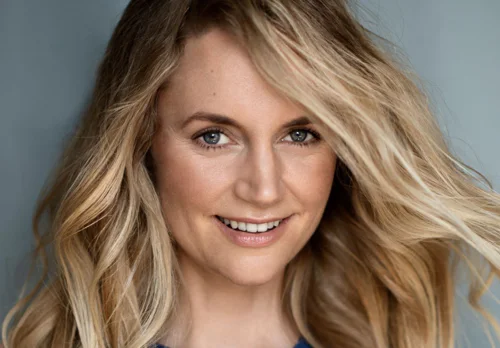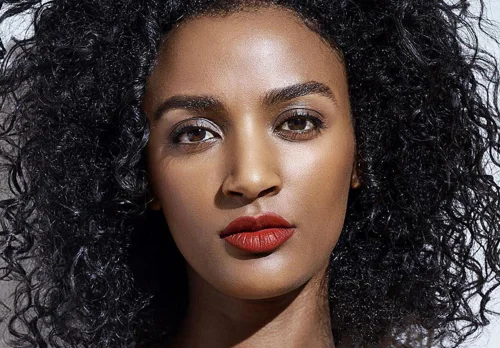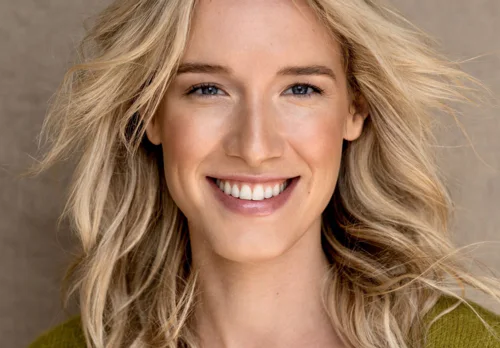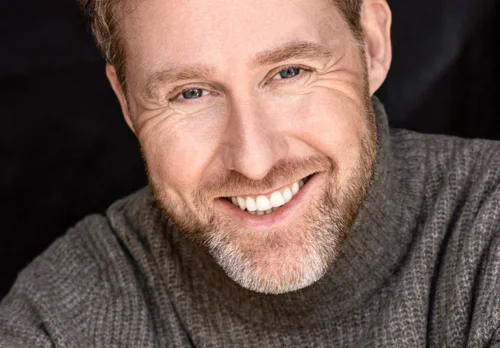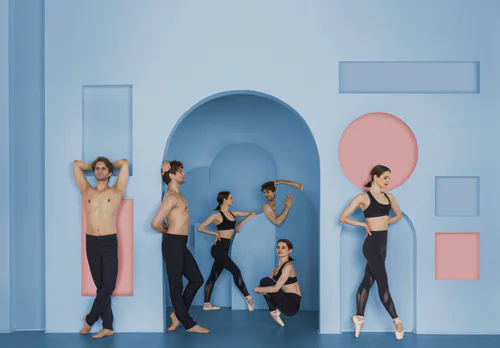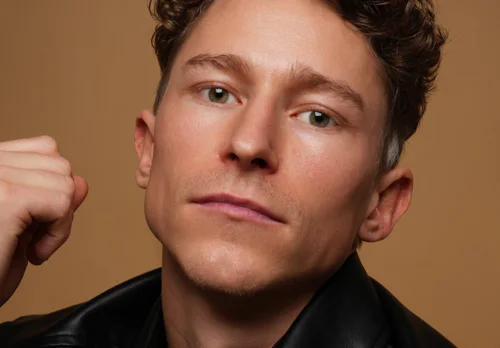Your path to becoming a top model
Adorning the covers of top-class magazines, presenting the spring collection on the catwalk for renowned designers, being a brand ambassador for international sporting goods manufacturers such as adidas or starring as a supporting actor in a music video - these are the kinds of jobs that every model aims for, as they bring with them fame and top salaries. But in the end, only a handful are chosen from thousands of candidates.
Competition is fierce in the modeling industry. As a rule, those who are recognizable, have a positive charisma and can handle the camera with ease come out on top. If you weren't born with these qualities, you can learn them. That's why training to become a model makes sense for those who want to be successful.
Becoming a model is still one of the dream jobs of many young people today. One of the reasons for this is the media, which repeatedly shows girls and boys the easy way to get ahead. However, one thing is clear: it is not as easy in real life as Heidi Klum portrays it in her TV show "Germany's Next Topmodel". Especially not if you are not part of the production.
Earning money with modeling is a tough job that requires a lot of discipline, ambition and perseverance - top models like Adriana Lima or the painter-model Sean O'Pry can tell you a thing or two about it. But if you are prepared to make sacrifices for your career, you can achieve anything!
What do models actually do?
In general, the main task of models is to use their bodies visually to advertise, sell, demonstrate or present goods or services. However, models are also hired for political, artistic and other purposes. Although they do not have to sing, dance or perform acrobatic feats, acting skills, expressive facial expressions and gestures, correct posing and adherence to choreography are required.
When you hear the word model, many people immediately think of thin, tall, good-looking women and well-trained men who walk the catwalks of the world. These fashion models travel from one fashion week to the next, showcasing the latest trends and being booked for editorial shoots whose images often grace the pages of fashion magazines.
But there are also other types of models. Commercial models, for example, work in advertising. In this sector, only photogenic models who can sell something as attractively as possible are booked. They therefore mainly appear in advertising campaigns, for example in catalogs, on advertising banners or on television, where potential buyers often see them. For this reason, special fitness, underwear/bikini, face, hand, hair, foot, leg and plus size models are increasingly being used. This is because they have specialized in a particular area and know how to make the most of their strengths.
Part of a model's job is also to appear at the client's for sometimes elaborate fittings and styling, as outfits should look tailor-made. Casting appointments and workshops with model coaches are part of everyday life, especially at the beginning. If you are a big star in the modeling world, interviews and visits to award ceremonies, galas and charity events can also be part of the job.
As modeling is all about your own body, models take strict care of it. They eat a very healthy diet and exercise every day. Most of them even stick to a strict diet and fitness plan. Depending on the focus or future engagements, more or less workout is required.
Industries in which models find employment:
Film & Television
fashion
music
Advertising & Web
Trade fairs & events
What skills do models have?
"What does a model need to have? What type of model is in demand?" - These are the kinds of questions that model agencies hear almost every day. First and foremost, of course, is appearance. Depending on the job, strict specifications must be adhered to, for example how tall a model must be and what body measurements (weight, BMI) he/she may have. However, the days when size 0 dress sizes were required are largely over. For some purposes, classic beauties are still being sought, especially in the commercial sector.
However, it is noticeable that nowadays more and more models like Winnie Harlow are making it big as models in demand. Winnie Harlow has a skin disease that causes her dark skin to have white pigment-free areas. These in turn became her trademark. Whether it's a gap in her teeth, striking eyebrows or moles - in the fashion world today you are celebrated for your individuality and strength of character. If it's not a major contract for Desigual, for example, even amateurs (people) with little modeling experience can stand in front of the camera, but with a very special recognition value.
Agencies also report that they are increasingly receiving requests for models with special talents for film, video and photo shoots. This can be anything from acting and presenting to certain sports and hobbies. So if you are good at something, you should let your agents know and publish it in your online profile on job portals. This increases your chances of getting new jobs.
Furthermore, you can also recognize big differences in character. Successful models have an individual expression and a strong personality. They are self-confident, open, like to try out new trends and are versatile. They can also listen carefully and follow the instructions of photographers or customers without hesitation. This also requires good body awareness. Popular models are also courageous and tough. They have no problem posing with animals, for example, lolling in the freezing cold sea or hanging out of a helicopter for an action shoot. They are fun to work with because they are polite, friendly and positive. Nobody wants nagging divas on set.
Is training necessary?
To become a model, you can't train or study at a vocational school or university. However, there are special modeling schools that offer various workshops on different topics, such as casting and catwalk. Agencies where you have just been accepted onto the model register also send newcomers to model coaches where they are taught the basics before they are let loose on clients in a casting. The most you can receive is a certificate for a completed course.
To get a better overview of what you need to do to make a successful start as a model and what to look out for at model agencies and castings, take a look here: How to become a model?
How much does a model earn?
A model's salary can vary greatly depending on the client, agency, country and what type of model you are. Especially at the beginning, it is difficult to make a living from fashion modeling alone. However, once you have made a name for yourself, you can definitely pursue this activity full-time. Generally speaking, a commercial model is more likely to have a regular and better-paid salary than a fashion model. In the long term, however, model salaries have plenty of room for growth. One model reported a fee of over 60,000 dollars for a three-day H&M campaign.
What development potentialities does a model have?
Models can, of course, rise to the top and become top models. However, the career of a fashion model is generally rather short. After their career, many switch to commercial modeling, as there are no age restrictions. Children, teenagers, older people over 50 - they are all needed.
Others become agents, scouts or model coaches, for example in the areas of personal appearance, posing or nutrition. They are valuable employees and good teachers, as they have worked in the industry themselves and know what is required.
There are also candidates who are discovering acting for themselves and are increasingly taking part in castings for films and television productions.
If you would like to know more about the job description of an actor, you should read these articles: Job profile: actor and How to become an actor.
Furthermore, a high school diploma and possibly training in another profession are certainly useful to secure yourself for the future.



